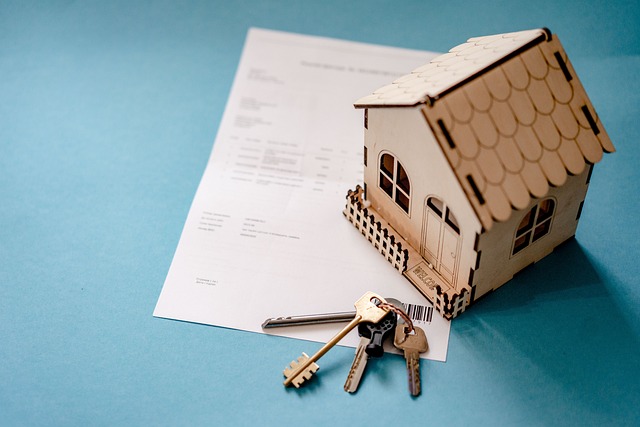Unraveling the Potential of Adaptive Reuse in Real Estate
Introduction: Adaptive reuse, the process of repurposing structures for different uses than initially intended, has been gaining traction in the real estate sector. This article explores the concept, its historical context, market trends, advantages, potential challenges, and its impact on the real estate landscape.

The Genesis and Evolution of Adaptive Reuse
Adaptive reuse has its roots in ancient civilizations, where old structures were often reutilized for new purposes. However, the concept started gaining popularity in the real estate sector during the 20th century, particularly in western countries. The process involves transforming obsolete or underused buildings into viable real estate assets serving a completely different function, such as converting old factories into residential lofts or deserted warehouses into vibrant commercial spaces.
Current Market Trends and Insights
Today, adaptive reuse is seen as a dynamic strategy in urban development, addressing issues like housing shortage, resource conservation, and preserving architectural heritage. The rising interest in sustainable development and green buildings is also fueling the trend. According to a report by JLL, adaptive reuse projects accounted for up to 2% of new commercial real estate space in the U.S. in 2019, indicating a growing market presence.
Advantages and Challenges of Adaptive Reuse
Adaptive reuse offers several advantages, including cost savings, shorter construction timelines, and sustainability. Additionally, it adds a unique character and historical value to the property, which can attract tenants or buyers. However, it also presents challenges such as complex renovation processes, unexpected costs, and potential issues with building codes or zoning regulations.
Impact on Buyers, Sellers, and Investors
For buyers, properties resulting from adaptive reuse can offer uniqueness and charm compared to new constructions. Sellers and developers can benefit from potentially higher returns and faster project completion times. Investors, on the other hand, can tap into a niche market with growth potential, especially in urban areas where land scarcity is a pressing issue.
The Future of Adaptive Reuse
With increasing urbanization and the need for sustainable development, adaptive reuse is expected to play a more significant role in the real estate landscape. Its potential to revitalize neighborhoods and contribute to economic development also positions it as a strategic tool for urban planners and policymakers.
In conclusion, while adaptive reuse presents its own set of challenges, its potential advantages make it a strategy worth exploring in the evolving real estate market. As the focus on sustainability and efficient use of resources continues to grow, adaptive reuse could well become a mainstream real estate development approach.




